In the world of beauty and self-expression, nails have become a canvas for creativity. Nail extensions, also known as artificial nails, offer a transformative way to achieve long, flawless manicures that last weeks. Whether you’re dreaming of elegant French tips or bold, artistic designs, extensions provide durability and style that natural nails often can’t match. But what exactly are nail extensions, and how can you incorporate them into your routine without compromising nail health? This comprehensive guide explores everything from types and application to maintenance and trends, empowering you to make informed choices.
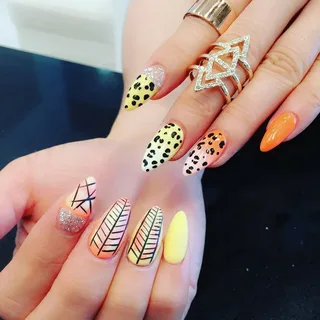
What Are Nail Extensions?
Nail extensions are prosthetic enhancements applied to the natural nail or the nail bed to create length, shape, and strength. They originated in the 1950s with press-on nails but evolved dramatically in the 1970s with the advent of acrylics. Today, they’re a staple in salons worldwide, catering to everyone from celebrities to everyday enthusiasts. Extensions aren’t just about aesthetics; they protect weak or brittle nails and allow for experimentation with colors and patterns that might chip on short nails.
The popularity surge can be attributed to social media influencers showcasing intricate designs on platforms like Instagram and TikTok. According to a 2023 report by Statista, the global nail care market, including extensions, is projected to reach $25 billion by 2027, driven by demand for at-home and professional services. However, with great style comes responsibility—proper application and care are key to avoiding damage.
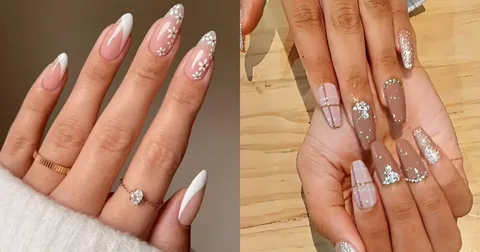
Types of Nail Extensions
The world of nail extensions is diverse, with options suited to different lifestyles, budgets, and skill levels. Here’s a breakdown of the most common types:
Acrylic Nails
Acrylics are a classic choice, made from a liquid monomer and powder polymer that hardens into a durable extension. They’re applied by sculpting the material onto a form or tip placed over the natural nail. Acrylics are versatile, holding up well to daily wear and tear, and can be filed into various shapes like square, coffin, or stiletto. They’re ideal for those wanting bold lengths but can feel bulky if not applied thinly.
Gel Extensions
Gel extensions use a soft, flexible gel that’s cured under a UV or LED lamp. Unlike acrylics, they’re built with gel polish layers or pre-made gel tips. Hard gel extensions provide strength similar to acrylics but with a more natural look and feel. They’re less prone to cracking and easier to remove, making them popular for beginners. Brands like Apres Nail offer gel-x systems that pop on like press-ons but last like salon sets.
Dip Powder Extensions
This method involves dipping the nail into colored powder, sealed with activator and top coat. It’s a hybrid of acrylic and gel, offering length via tips or forms. Dip powder is known for its breathability—less moisture is trapped under the nail—and vibrant, long-lasting color without UV exposure. It’s a great option for sensitive skin but requires more frequent infills due to faster growth visibility.
Other Variations
- Hard Gel Overlays: For strengthening short natural nails without much added length.
- Polygel: A thick, pipeable hybrid of acrylic and gel for precise sculpting.
- Press-On Extensions: Temporary and affordable, these reusable sets from brands like Olive & June mimic salon results for special occasions.
Choosing the right type depends on your nail health, activity level, and desired longevity. Acrylics might suit high-impact jobs, while gels are better for a glossy, low-maintenance vibe.
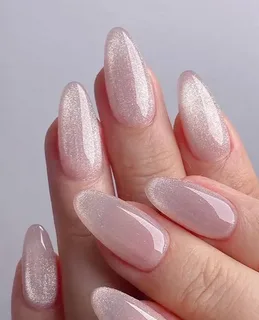
The Application Process
Getting nail extensions professionally done typically takes 1-2 hours and costs $30-$100, depending on location and complexity. At-home kits are available for $20-$50 but require practice to avoid mishaps.
For acrylics, the process starts with prepping the natural nail: cleaning, pushing back cuticles, and lightly buffing for adhesion. A tip or form is applied to the free edge, then the acrylic mixture is brushed on in layers, shaped, and filed smooth. Finally, a top coat seals it, followed by curing if needed.
Gel extensions follow a similar prep but use a base coat, gel builder for length, and multiple polish layers cured under a lamp. Dip powder skips the lamp; after prepping, the nail is coated in adhesive, dipped in powder (repeated 2-3 times), and brushed off excess before sealing.
Hygiene is paramount—salons should use sterilized tools to prevent infections like paronychia. If DIY-ing, invest in quality products and watch tutorials from certified educators to ensure even application.
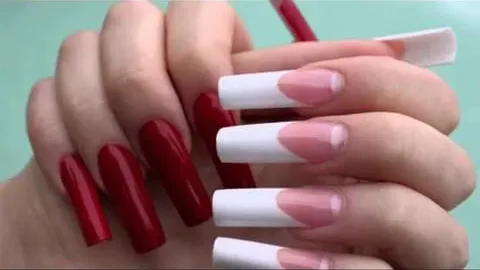
Maintenance and Removal
Extensions aren’t set-it-and-forget-it; they require upkeep to stay fabulous. Infills every 2-3 weeks address nail growth, costing $20-$50. Daily care includes moisturizing cuticles with oil, avoiding harsh chemicals, and using gloves for chores. File gently if edges roughen, but never pick at them— this can lift the product and invite bacteria.
Removal is where caution shines. Acrylics and gels should be soaked in acetone for 10-20 minutes, then gently peeled or filed off. Never force it; improper removal can thin natural nails. Dip powder lifts more easily with soaking. Post-removal, give nails a break with strengthening treatments like OPI’s Nail Envy. If extensions cause pain or discoloration, consult a dermatologist—overuse can lead to allergic reactions or onycholysis (nail separation).

Pros and Cons of Nail Extensions
The allure is undeniable: extensions offer instant length for those with slow-growing nails, endless customization (think ombre, rhinestones, or 3D art), and protection from splitting. They’re confidence-boosters, especially for events or professional settings where polished hands matter.
Yet, they’re not flawless. Cons include potential damage to natural nails if poorly applied—thinning, weakening, or allergic dermatitis from monomers like HEMA in gels. They’re time-intensive and pricey long-term; a full set plus maintenance can exceed $200 monthly. Active lifestyles might find them impractical, as they chip or break during sports or typing. Environmentally, acrylic waste contributes to salon pollution, though eco-friendly brands like Sundays use non-toxic formulas.
Weighing these, extensions suit occasional users best, with breaks to let nails recover.
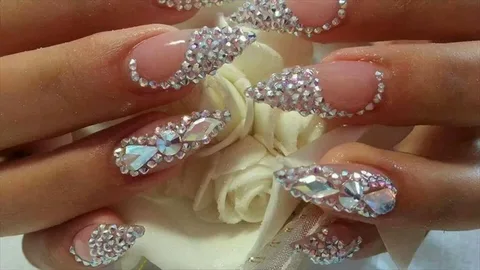
Health and Safety Tips
Prioritize safety to reap benefits without risks. Choose licensed technicians who follow protocols: single-use files, disinfected stations, and patch tests for allergies. Opt for breathable products to minimize fungal risks, and maintain short lengths if you have hand-intensive jobs.
For at-home, ventilate your space—acrylic fumes can irritate lungs. Pregnant individuals or those with respiratory issues should consult doctors before exposure. Regular nail health checks ensure extensions enhance, not harm, your natural beauty.
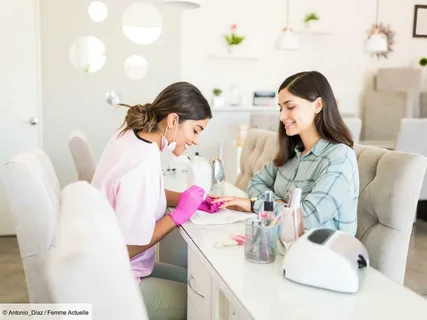
Current Trends and Innovations
Nail extensions are evolving with culture. In 2024, minimalist “clean girl” aesthetics favor short, neutral gels, while Gen Z embraces “mob” nails—inspired by music artists—with chrome finishes and negative space designs. Sustainability is rising: vegan, cruelty-free options from brands like Manucurist use water-based removers.
Tech innovations include LED-cured bio-gels that mimic nail keratin for less damage and app-based customization tools for virtual try-ons. At-home systems like static nail kits simplify pro results, democratizing access.
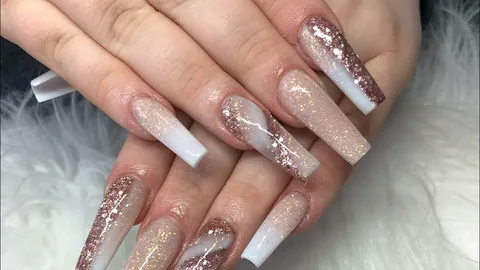
Conclusion: Are Nail Extensions Right for You?
Nail extensions blend artistry and science, offering a luxurious upgrade to your grooming routine. From durable acrylics to sleek gels, they cater to diverse tastes while promoting self-care. However, success hinges on professional application, diligent maintenance, and listening to your nails’ needs. If you’re ready to extend your style, start small—perhaps a gel set—and build from there. With mindful choices, your extensions can be a empowering accessory, not a liability. Ultimately, beautiful nails reflect inner confidence; extensions are just the polish on top.